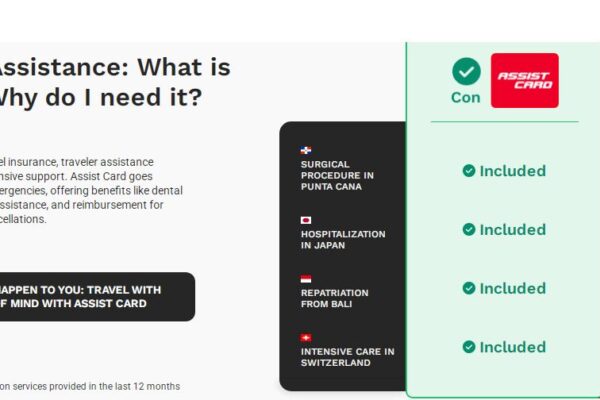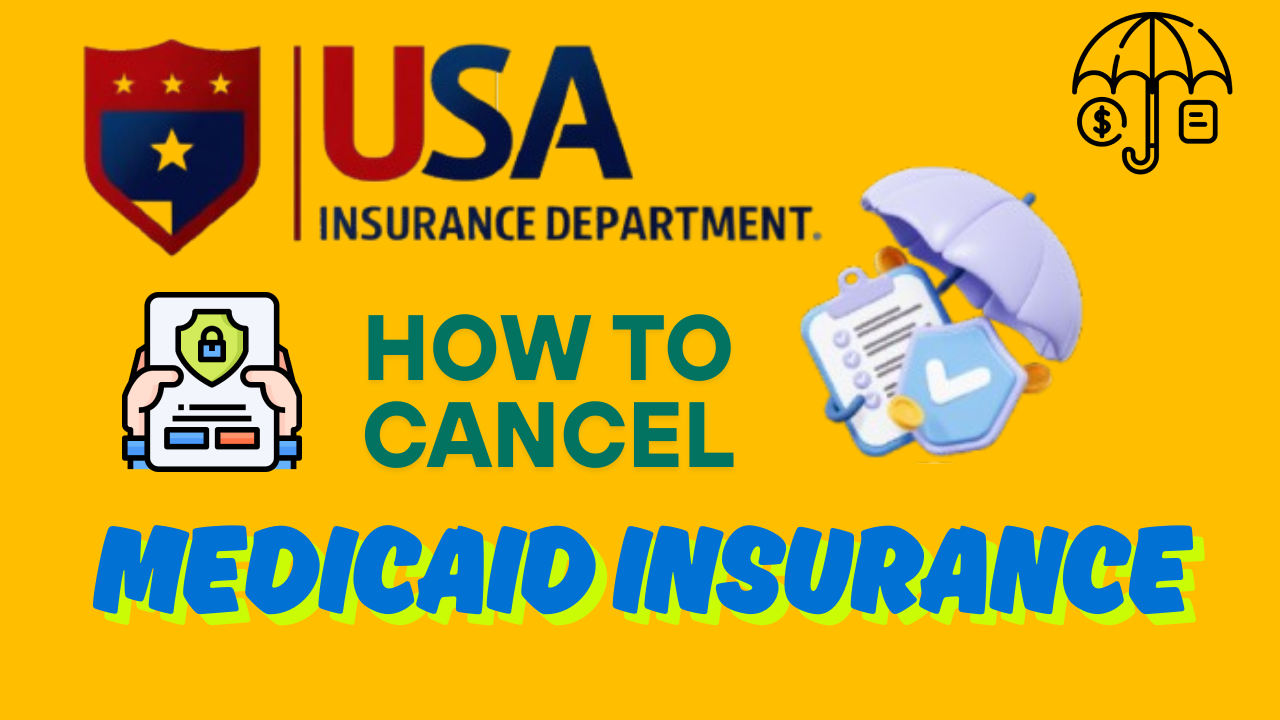Picture this in your mind: you’ve built a cozy home over the years, and then—bam!—a sudden armed conflict damages part of it. What now? Can you get help to rebuild? That’s where war‑related property loss reimbursement comes in. If you’re just starting out, you might ask: Does homeowners insurance cover war damage? The answer isn’t always easy—but you’re in the right place. In this guide, we’ll walk you through how to file a war insurance claim, the steps to claim war‑related property loss, and what really works in the insurance claim process for war‑affected property. Let’s get started.
What Is War‑Related Property Loss Reimbursement?
When a property—like a home, business, or land—gets damaged during war or conflict, standard insurance policies often exclude it. That’s where special coverage or government compensation applies. This type of reimbursement helps cover:
- Physical damage (blasts, bullet holes, structural cracks)
- Loss of contents (appliances, furniture)
- Temporary relocation costs (if your house isn’t safe to live in)
This process differs from a usual homeowner’s claim because standard policies usually say “acts of war” aren’t covered. You need extra coverage or government programs that step in when war damages your property.
Does Homeowners Insurance Cover War Damage?
Short Answer: Usually no.
H3: Why Not?
Standard homeowners insurance uses broad exclusions. “War,” “invasion,” “rebellion”—all of these are typically excluded. You’ll need:
- A separate war risk insurance policy, or
- National or state government funds that help victims rebuild
Unless you added war‑risk cover, your normal policy won’t pay out.
Insurance Claim Process for War‑Affected Property
Step 1: Confirm Your Coverage
Check your insurance policy or contact your agent. Look for terms like “war risk” or “hostile acts.” If it’s not in your policy, ask if you purchased it before the damage occurred.
Step 2: Report the Loss Immediately
Contact your insurer or government office as soon as possible. Early filing is important—your policy may have tight deadlines. For example, FEMA programs often require claims within 60 days.
Step 3: Document Everything
Take clear photos or video of all damage:
- Cracked walls
- Damaged roof or windows
- Destroyed appliances or personal items
Write a list with dates and descriptions. Save receipts or purchase records to support your losses.
Step 4: Get a Professional Estimate
Your insurer or government agency may send an adjuster. You can also get quotes from licensed contractors to:
- Support your claim
- Make sure replacement costs are accurate
Step 5: Submit Your Claim
Fill out claim forms carefully. Include:
- Dates
- Description of events
- Itemized damages and estimates
- Photos and receipts
Keep copies of everything.
Step 6: Claim Review & Negotiation
An adjuster will assess your loss. Be ready to:
- Answer questions
- Provide more documentation
- Negotiate fairly—but be honest and factual
Step 7: Receive Reimbursement
Once approved, you’ll get either:
- A check for repair or replacement costs, or
- Funds via direct deposit
You can then hire professionals to fix your property.
Steps to Claim War‑Related Property Loss (Quick Checklist)
1. Confirm war damage is covered under your policy or program
2. Report loss ASAP to insurer or government agency
3. Document damage thoroughly
4. Get contractor estimates
5. Complete and file claim forms correctly
6. Participate in the adjuster inspection
7. Negotiate, if needed
8. Use funds to repair or replace your property
War Damage Compensation Process
H3: Private War Risk Insurance
Major insurers (like Lloyd’s, AIG, Munich Re) offer war‑risk policies or endorsements. These may cover:
- Military action
- Terrorism
- Insurrection
Premiums vary based on your location and assessed risk.
Government Compensation
In the U.S., federal or state disaster relief programs don’t typically cover war damage. But if damage is due to terrorism on U.S. soil, funds may be available via:
- Victim Compensation Fund (VCF)
- Federally-backed loans from SBA Disaster Loans
How to File a War Insurance Claim: Pro Tips
- Double-check your policy BEFORE a conflict starts
- Take ongoing photos during high‑risk periods
- Use video with timestamps for stronger proof
- Keep receipts for temporary housing or storage
- Be polite yet firm during adjuster visits
- Hire a licensed public adjuster if the insurance payout seems low
Insurance for Conflict‑Affected Properties
If your home is in a region at risk of unrest, consider these steps:
- War‑risk coverage endorsement – an addition to your existing policy
- Standalone war policy – prevents standard exclusions
- Higher liability limits – in case of third‑party claims during unrest
Ask your local insurer or broker about eligibility. Some areas may have higher premiums, but it can help rescue your investment if damage happens.
Practical Example & Experience
Let’s say Sarah owns a home near an international border. A skirmish damages her roof and shatters windows. Here’s what she did:
1. Day 1 – Took photos and called her insurer.
2. Day 3 – Customer service acknowledged her war‑risk endorsement.
3. Day 5 – Adjuster visited and backed her $12,000 damage estimate.
4. Day 10 – She got a check and hired a contractor.
5. Day 30 – Repairs done, plus $1,000 for temporary housing.
Sarah avoided months of out‑of‑pocket costs. Her secret? Checking her policy before trouble started and acting fast.
FAQ – War‑Related Property Loss Reimbursement
1. How long does the war insurance claim process take?
Typically 30–60 days, depending on the adjuster’s schedule and documentation quality.
2. Can I file without war‑risk insurance?
No. Standard homeowner policies usually exclude war. You’ll need a war coverage add‑on or endorsement.
3. Will insurance cover relocation costs?
Yes—many war‑risk policies reimburse reasonable temporary housing if your home is unlivable.
4. What documentation is most important?
Clear photos with dates, professional repair estimates, and any receipts you have.
5. What if the insurer underpays?
You can negotiate—use replacement quotes or hire a public adjuster who works on contingency.
6. Are war‑risk policies expensive?
Premiums depend on risk in your area. Low‑risk zones may pay less, while high‑risk areas pay more.
7. Can I add war coverage mid‑policy?
Yes. But it may be pro‑rated, and some insurers require a waiting period before it becomes active.





